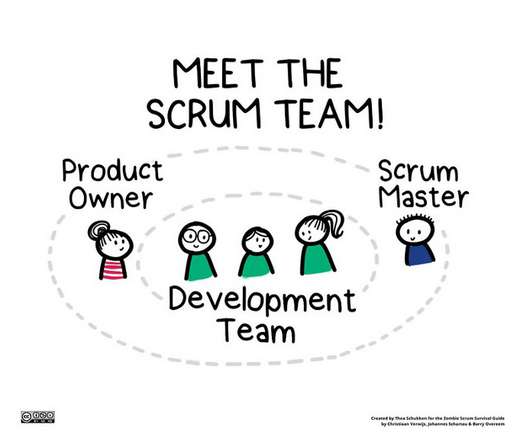Top 10 Project Management Methodologies – An Overview
ProjectManager.com
NOVEMBER 22, 2021
When to Use It: The practice originated in software development and works well in that culture. The term scrum was introduced in a “Harvard Business Review” article from 1986 by Hirotaka Takeuchi and Ikujiro Nonaka. Schwaber left the Scrum Alliance in 2009 to start a parallel accreditation organization called Scrum.org.














Let's personalize your content